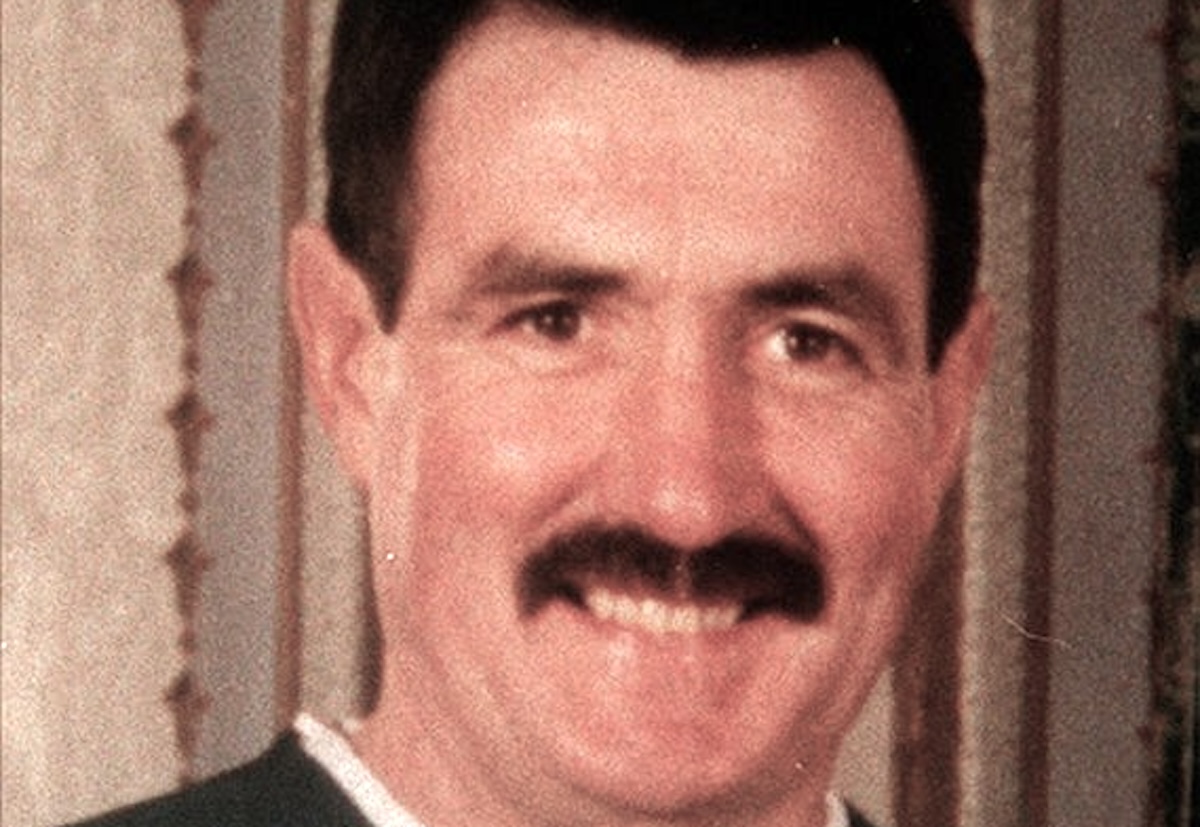
An inquest has heard that the Crown Forces were ‘aware’ of a planned massacre by a loyalist death squad, just three months before the Good Friday Agreement was signed.
Seamus Dillon was shot dead by the unionist paramilitary LVF as he worked as a doorman at the Glengannon Hotel near Dungannon in December 1997.
He was working as a doorman when he noticed suspicious activity in the carpark. He realised that gunmen were about to open fire into the disco and used his final moments to bar the door, saving the lives of those inside the building.
Collusion has always been suspected in the attack which took place hours after LVF founder Billy Wright was shot dead in the H-Blocks. It was previously thought it was in response to the killing of Wright.
However, at an inquest hearing last week it emerged that the plans were in place prior to the shooting of Wright and that the RUC police knew the attack was to be carried out.
At the hearing, the motive for repeated delays by the now PSNI police became clear, according to Relatives of Justice.
“The documents they were so reluctant to provide – and have redacted so heavily that they are ‘of no use’ to the Dillon family’s lawyers – are damning,” they said.
“With Tina Dillon, Seamus’s widow, in the gallery of the courtroom, her lawyer declared, ‘On behalf of Mrs Dillon I do not accept any narrative other than state agents and informers played a central role in this murder.’”
Des Fahy KC, acting for the Dillon family, raised concerns with coroner Richard Greene about both the information contained in documents provided by state agencies and that which was censored.
“The obvious and primary concern on what we were able to ascertain from the papers sir, is the suggestion, and the clear suggestion, even with the redactions, that plans for this murder were in place prior to the murder of Mr Wright,” he said.
“And that intelligence was available prior to the murder of Mr Wright which suggested that an attack of this type at this location was imminent.
“That we say obviously contradicts the prevailing narrative that has grown up in relation to this murder that it was a direct reaction to the Wright murder.”
Mr Fahy referred to “undercover material recovered” in relation to what he said is presumed to be the Rosemary Nelson Inquiry.
The barrister added that in one document “there are references to a ‘Gough CID boy’ who was taken off interviews because he got too friendly with them, that is the suspects”.
It is thought this may be a reference to collusion at Gough barracks in Armagh, which was used by the RUC to carry out interrogations during the conflict.
The lawyer went on that “in relation to UDR/RIR it quotes ‘that’s where we [loyalists] got all our information from’”.
It has been claimed that the weapon was never recovered. However, the PSNI papers clearly state that the weapon was indeed recovered at the home of a Ms Gibson, and that she admitted to possessing the weapon in her home prior to Seamus Dillon’s murder. In what may be a flippant reference to collusion, she allegedly stated that Seamus Dillon was ‘shot for free.’
In another document referred to by Mr Fahy ‚“an MoD (Ministry of Defence) contact... quotes ‘papers, photocopies, Provies’ names and addresses, types of cars and makes of cars and number plates in relation to a suspect terrorist’”.
“Another document refers to the ‘UDR had the names of Provos, they used to hand them over to us’,” Mr Fahy added.
Mr Fahy also raised pointed to redactions in information disclosed by MI5, including a section headed “LVF Army Council pen pics”.
One individual was named, Stuart Kirk, while other names were redacted.
The document describes Kirk as the “OC (Officer Commanding) Dungannon LVF”.
“The question I ask on behalf of the next of kin is ‘why can’t the other redactions of those pen pics be rolled back?’, he asked.
“The obvious question is, is it because they are state agents or informers?”
![[Irish Republican News]](https://republican-news.org/graphics/title_gifs/rn.gif)
![[Irish Republican News]](https://republican-news.org/graphics/title_gifs/harp.gif)

